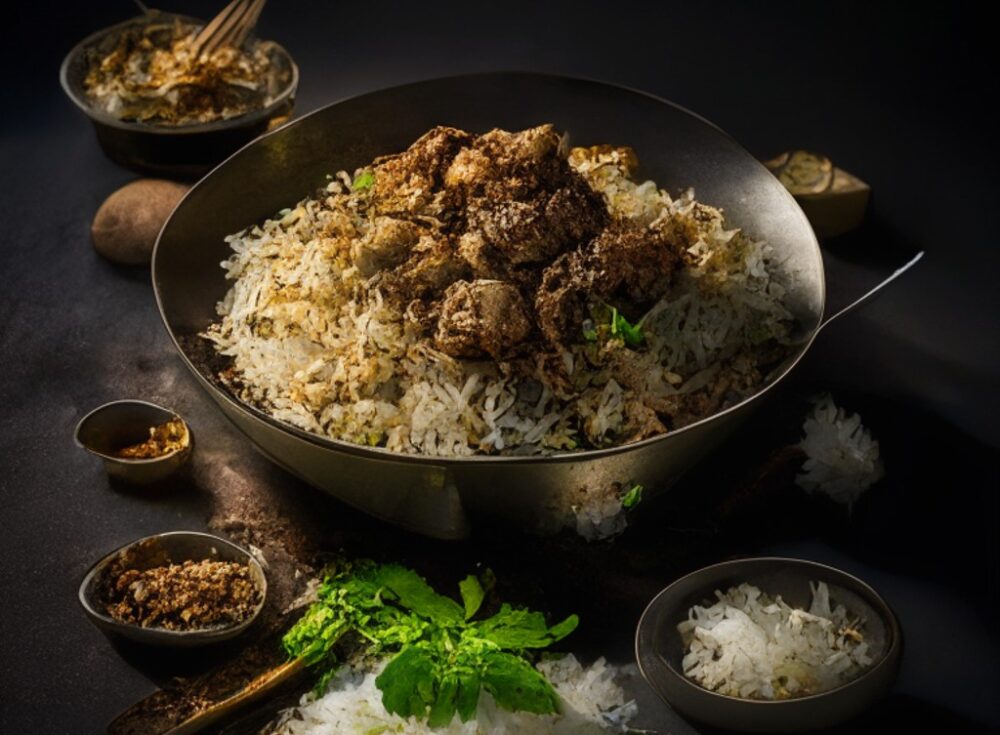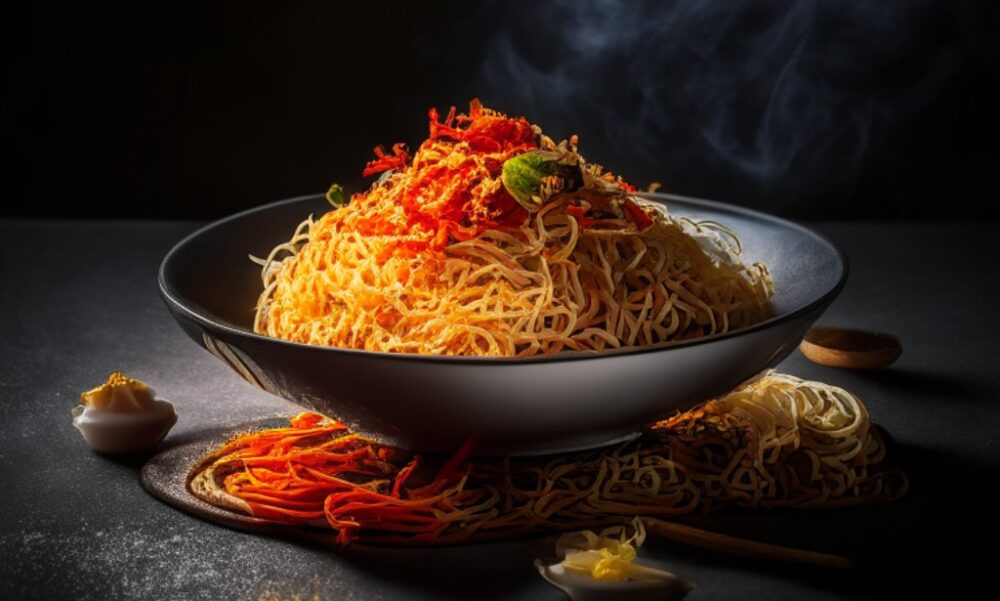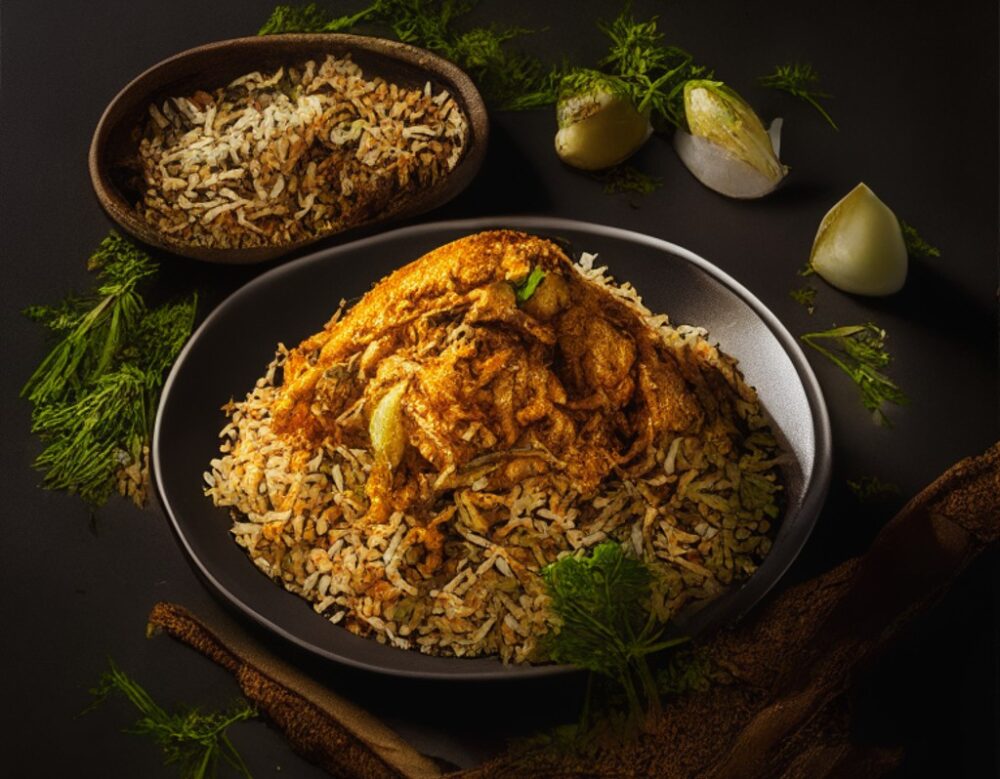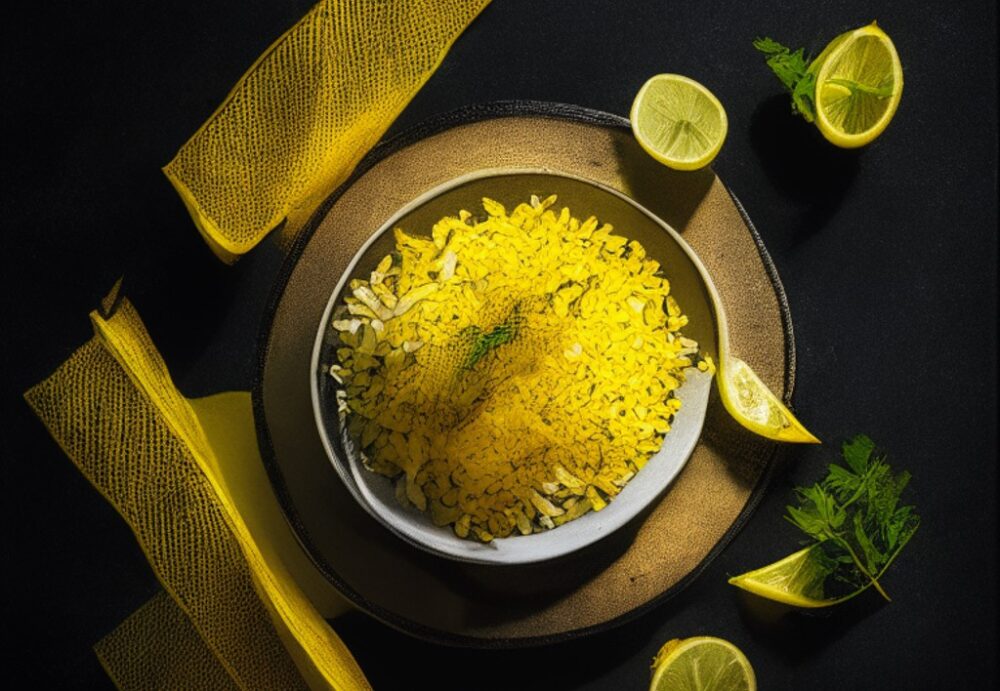Mutton Biryani is a revered dish that epitomizes the opulence and grandeur of Indian cuisine. This flavorful and aromatic delicacy combines succulent mutton, fragrant basmati rice, and an exquisite blend of spices, resulting in a symphony of flavours that tantalize the senses. With its rich and luxurious taste, Mutton Biryani has become an all-time favourite for food enthusiasts around the globe. In this blog post, we delve into the world of Mutton Biryani, exploring its ingredients, and cooking techniques, and providing tips to savour this indulgent Indian dish.
Ingredients and Flavor Profile
Mutton Biryani boasts a rich and complex flavour profile, thanks to its carefully selected ingredients and spices. The dish typically includes tender mutton pieces, basmati rice, onions, tomatoes, yoghurt, ginger, garlic, and a blend of aromatic spices such as cinnamon, cardamom, cloves, and nutmeg. Additional ingredients like saffron, mint leaves, and fried onions add depth and visual appeal to the dish.
Cooking Techniques
Preparing Mutton Biryani involves a multi-step process to ensure that each component is cooked to perfection. Here’s a simplified overview of the cooking techniques:
- Step 1: Marinate the mutton: Coat the mutton pieces with a mixture of yoghurt, ginger-garlic paste, and spices. Allow the meat to marinate for a few hours or overnight to tenderize and infuse the flavours.
- Step 2: Sauté the onions and spices: Heat oil or ghee in a large pot and sauté onions until golden brown. Add whole spices like cinnamon, cardamom, cloves, and nutmeg to release their aromas.
- Step 3: Cook the mutton: Add the marinated mutton to the pot and cook until it is partially cooked and tender. This step allows the flavours to penetrate the meat while retaining its juiciness.
- Step 4: Parboil the rice: In a separate pot, partially cook the basmati rice by boiling it in water until it is around 70% cooked. Drain the rice and set it aside.
- Step 5: Layering the biryani: In the same pot used for cooking the mutton, layer the partially cooked rice over the meat. Sprinkle saffron-infused milk, fried onions, and garnish with mint leaves. This layering technique allows the rice and mutton to cook together, infusing the flavours.
- Step 6: Dum cooking: Seal the pot with a tight-fitting lid or aluminium foil to create a steamy environment. Cook the biryani on low heat for about 20-25 minutes, allowing the flavours to meld together and the rice to cook fully.
Tips for Enjoying Mutton Biryani:
- Tenderizing the mutton: For tender and juicy mutton, marinate it for an extended period, preferably overnight. You can also add a meat tenderizer or raw papaya paste to enhance the tenderness.
- Rice-to-Meat Ratio: Aim for a 1:1.5 ratio of rice to mutton to strike the right balance of flavours. This ensures that each bite has an equal proportion of meat and rice.
- Layering Technique: While layering the rice and mutton, ensure an even distribution to maintain consistency in flavours throughout the dish.
- Resting Period: Allow the cooked Mutton Biryani to rest for a few minutes before serving. This helps the flavours meld together and the rice fluff up.
- Accompaniments: Serve Mutton Biryani with raita (a yoghurt-based side dish), boiled eggs, or a fresh salad to balance the richness of the dish and provide a contrasting taste.
Conclusion
Mutton Biryani is an embodiment of indulgence and flavour, showcasing the true essence of Indian culinary heritage. With its tender mutton, fragrant rice, and a plethora of aromatic spices, this iconic dish is a feast for both the eyes and the palate. Embark on a gastronomic adventure and treat yourself to the luxurious flavours of Mutton Biryani, an experience that will undoubtedly leave you craving for more.





